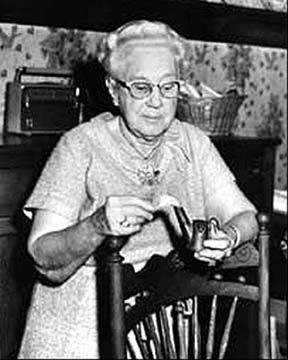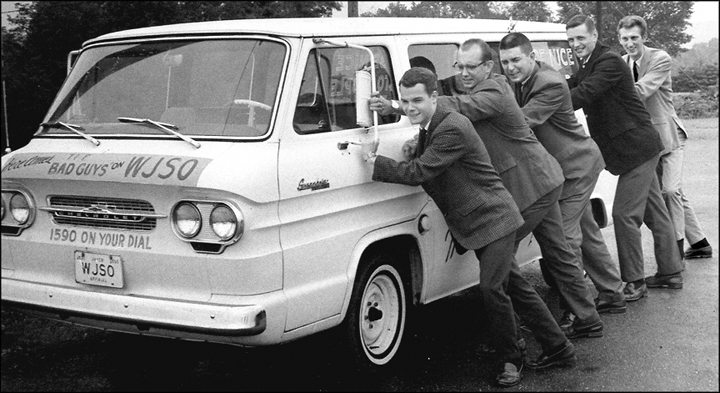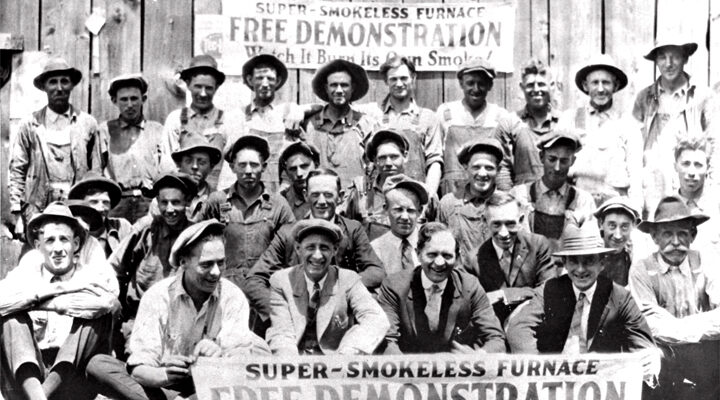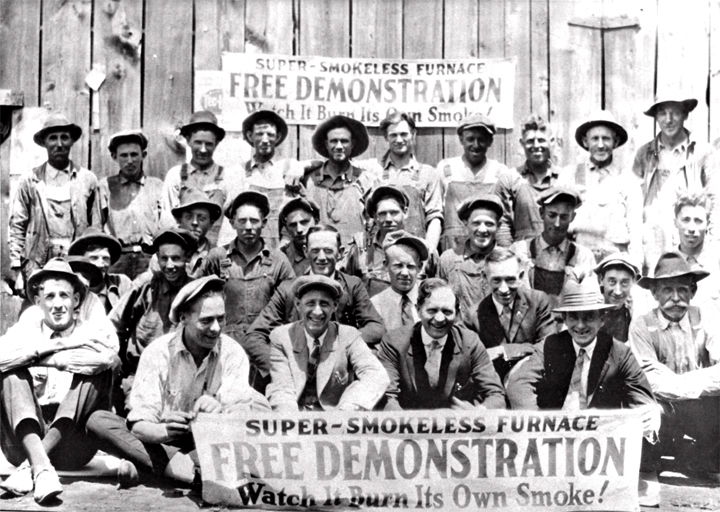An advertisement from a July 1927 Johnson City Staff-News told of the “Famous Paul English Players,” known as “The Show with a Million Friends,” coming to the city, performing in “the finest equipped tent theatre in America.
The show site was located on the “regular show grounds” next to the Arcade Building (an early indoor mall at 133-135 W. Market Street that extended from Market to Main with shops lined on both sides and upstairs). A 1923 City Directory reveals a vacant lot at 137 W. Market, which is likely where the tent resided. The program was under the auspices of the Moose Lodge (135.5 W. Main Street).
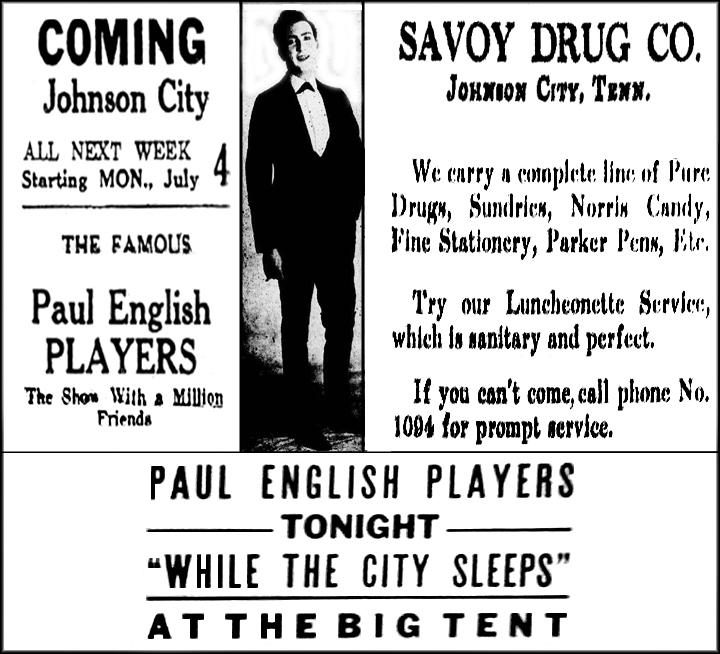
The Paul English Players, a 45-person group of quality actors, offered a new performance each night. People who enjoyed the show one night could return the next and see a different one.
I located two old advertisements in Billboard Magazine. The first was dated September 11, 1920: “Wanted quick by the Paul English Players. Emotional leading woman, not under 5 feet, 5 inches, not over 140 pounds. Must be A-l. Good study and wardrobe. Will pay transportation on show to right party. Wire. Can use good heavy.”
The second one was dated November 25, 1922: “Wanted for the Paul English Players, Kempner Theatre, Little Rock, Arkansas, Piano player with library, to double baritone, tuba, cornet or e-flat clarinet. Also, comedian capable of being featured in stock and repertoire. Wire quick.”
According to the 1927 Johnson City flyer, the show was titled, “Some Baby” and described as being a comedy “direct from a metropolitan run.” To add variety, Paul English employed big time vaudeville performers between acts of first class plays. One group, the Florida Ramblers from Miami Beach, was known as “The South’s Peppiest Musical Organization.”
Patrons had the option of standing in line to buy tickets at the tent or purchasing them at Savoy Drug Store (201 E. Main Street). Doors opened at 7 p.m. with performances beginning at 8:20. Tickets cost 40 cents for adults, 20 cents for children and 20 cents for reserved seats. A special ticket was printed in the newspaper allowing ladies to be admitted free on Monday night when accompanied by a paid adult.
Paul English, as talented as his troupe was, had the good fortune of touring with the legendary Jimmie Rodgers, who became known as “The Father of Country Music,” “The Singing Brakeman” and “The Blue Yodeler.” The singer was riding a whirlwind of success at the time.
Two years prior to English’s coming to Johnson City, he and Rodgers toured together in tent shows that included performances in Alabama and Mississippi. When Rodgers completed his travel of the circuit in December 1928, he joined the Paul English Players, working out of Mobile, Alabama. The employment of a name attraction for limited engagements was said to be something new in tent shows. Rodgers’ appearances significantly increased attendance.
The Paul English Players repeatedly received high marks for their productions and played all over the country before packed audiences. Some of the plays they performed were “The Country Boy,” “While the City Sleeps,” “Which One Shall I Marry?” and “The Girl He Couldn’t Buy.”
Paul English received a good deal of praise for his group’s performances. Large attendance at his plays illustrated the paying public’s desire to keep spoken drama alive, especially when directed by its capable leader. English was credited for acquiring “a most charming and highly qualified special company of players that were able to present high-class plays.”
Paul owned a special train, which he used to carry his vast paraphernalia from city to city. When he came to a locale, he brought quality backdrops with him instead of cheap ones used by lesser-known groups.
After a week’s performances that began on Monday, July 4, the group departed for its next engagement. Tent repertoire shows ran a very successful gamut from 1917 to 1930.

 and Rev. Crouch (Courtesy Cy Crumley Collection).jpg)
 and Rev. Crouch (Courtesy Cy Crumley Collection).jpg)
